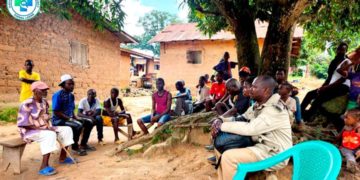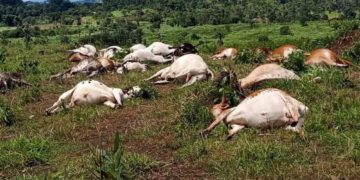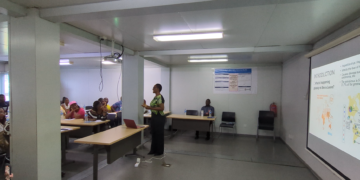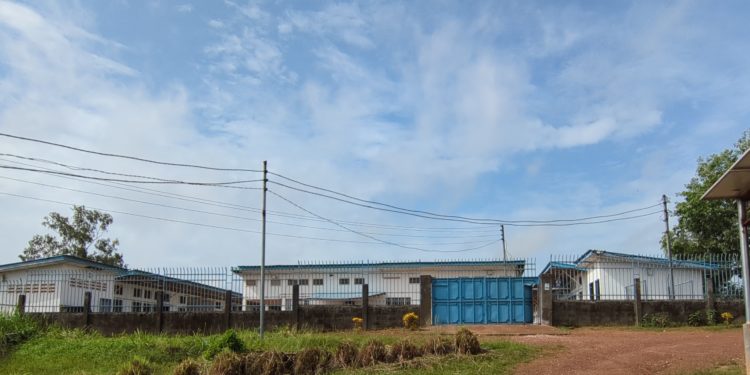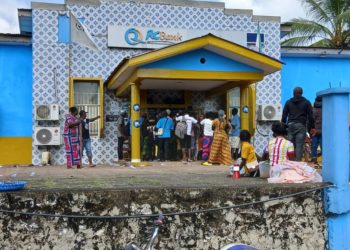By Kemo Cham
At the far western wing of Kenema Government Hospital stands an isolated building housing Sierra Leone’s premier Infectious Disease Centre. Outfitted with advanced scientific equipment, this facility demonstrates how far the country has come in its battle against Lassa fever and other infectious diseases.
Dr Donald Grant, Director of the Centre, and his team are dedicated to understanding and subsequently controlling Lassa fever, one of Sierra Leone’s most prevalent reportable diseases. More recently, the team has also supported the sequencing of the mpox virus in response to the country’s largest mpox outbreak to date.
Dr Grant has spent most of his career working on Lassa fever. “As a country, we have made significant progress,” he explains in a recent interview, reflecting on Sierra Leone’s struggle to contain the virus under challenging conditions. That struggle shifted dramatically after the 2013–2016 West African Ebola epidemic.
Like Ebola, Lassa fever is a viral hemorrhagic fever, which is primarily found in West Africa. Sierra Leone and its Mano River Union neighbours, Liberia and Guinea, lie within the Lassa fever endemic countries, which also encompasses parts of Benin, Ghana, and Nigeria.
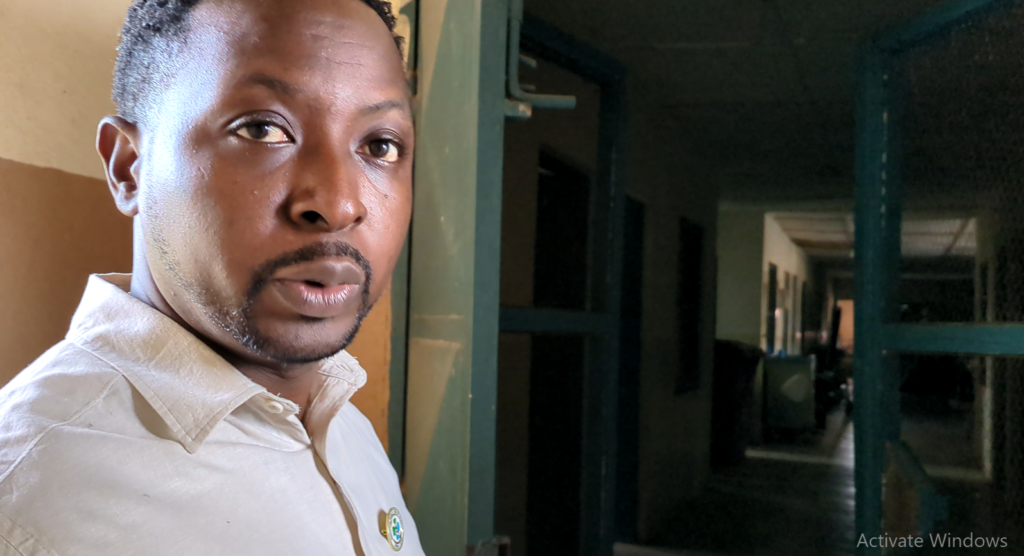
The Lassa fever virus is transmitted through contact with infected rodents, their excretions, or potentially person-to-person contact. Its symptoms can range from mild to severe, and in severe cases, it can be fatal. According to Harold Thomas, Risk Communication expert at the Ministry of Health, Lassa fever was first described in Sierra Leone in the 1950s, although it was identified and named in 1969 in Nigeria. Initially thought to be endemic only in the eastern region around Kenema, cases have since emerged across the country, suggesting a shifting pattern of endemicity.
For decades, Sierra Leone battled Lassa fever from a tight space within the Kenema Government Hospital, which until recently also housed the District Health Management Team, which Dr Grant heads. Dr. Grant himself began his career under the mentorship of the late Dr. Sheikh Umar Khan, one of Sierra Leone’s pioneering virologists; Dr. Khan’s tomb now lies within the grounds of the new Centre.
Lessons from Ebola
The 2013–2016 Ebola epidemic—the deadliest in history—claimed over 11,300 lives out of more than 28,600 cases, 99% of which occurred in Sierra Leone, Liberia, and Guinea, where the outbreak began. In Sierra Leone, the eastern region became the epicentre when the first cross-border Ebola case emerged from Guinea. Dr. Grant recalls that the Kenema facility, with its 14-bed ward, and neighboring hospitals were quickly overwhelmed, putting health workers at extreme risk. It was there that Dr. Khan contracted Ebola and later succumbed to the disease.
Dr. Khan’s death marked a turning point in Sierra Leone’s response: the government finally treated the new virus threat with the urgency it demanded. The epidemic exposed the nation’s weak infectious-disease management infrastructure. Dr. Grant believes that, more than a decade later, Sierra Leone is now well-equipped to respond to outbreaks, a fact borne out during the COVID-19 pandemic.
Despite initial fears, Sierra Leone recorded over 7,000 COVID-19 cases and 126 deaths. These figures represented a major success compared to gloomy projections for the country and Africa at large. Dr. Grant attributes this achievement to lessons learned during Ebola and the resulting infrastructure upgrades in Kenema and beyond. “Sierra Leone stands tall after the Ebola outbreak,” he says. “We now have one of the best surveillance and response systems in the subregion, with a functional IDSR (Integrated Disease Surveillance and Response) and robust reporting.” This enhanced capacity has also proven valuable in the ongoing global Mpox epidemic.
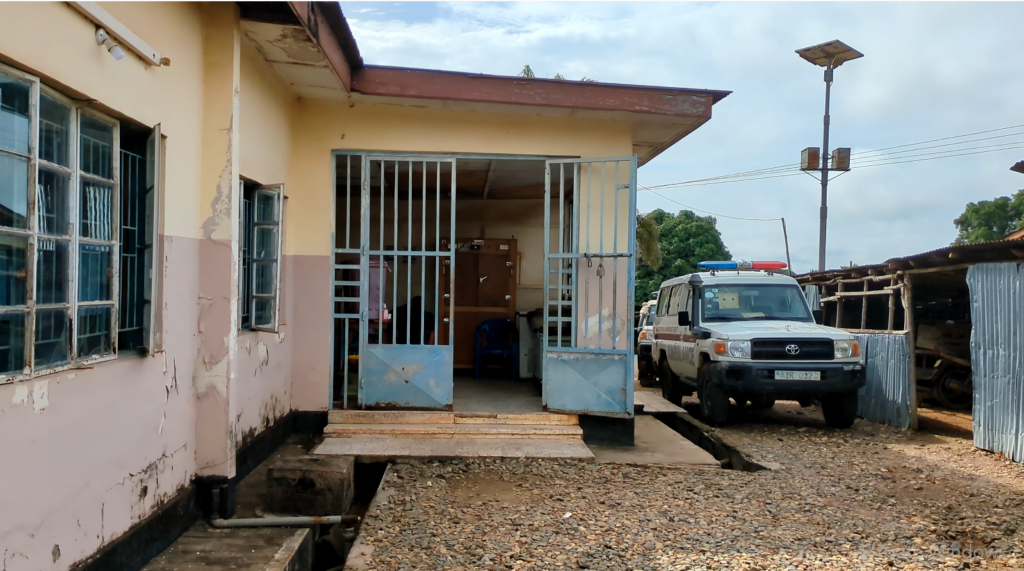
Today, Sierra Leone’s public health response to Lassa fever empowers all 16 districts, with technical support from Kenema. Management of confirmed cases remains centralized there. Under the IDSR system, Acute Hemorrhagic Fever Syndrome, including Lassa fever, is immediately reportable; any suspected case triggers an automatic report, regardless of patient numbers, says Mr Thomas, who is the Risk Communication Lead at the National Public Health Agency (NPHA) and Manager of the Health Education Division in the Health Ministry.
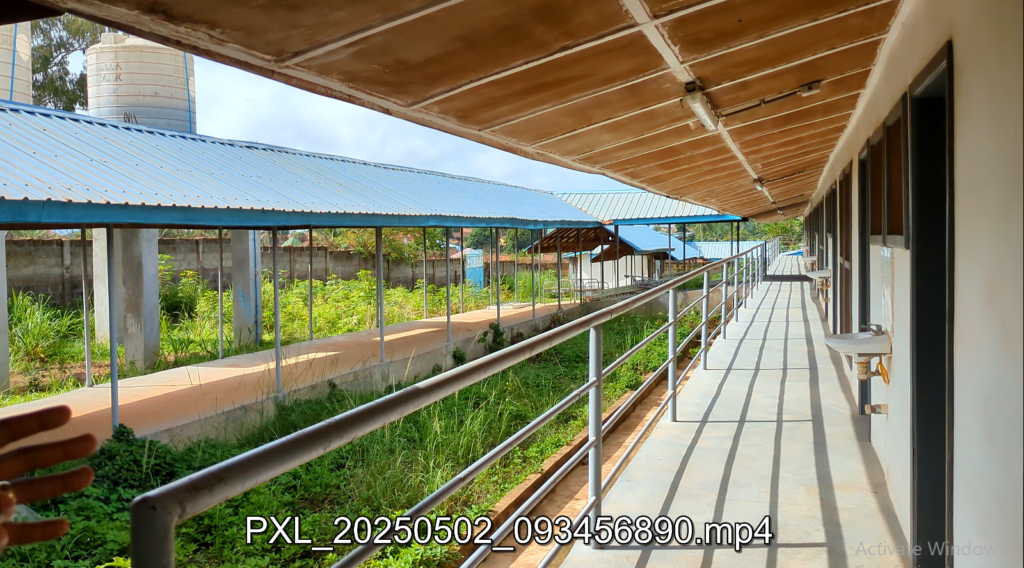
According to a January 2023 publication in the Journal of Interventional Epidemiology and Public Health (JIEPH), every year, an estimated 500,000 people are infected with Lassa fever causing 5,000 deaths with the majority of cases and deaths occurring in the West African region. Some experts believe these figures are higher, pending expanded testing.
Data from the Lassa Fever Centre obtained at the time of this interview in May show eight confirmed cases in the first quarter of 2025, nearly matching the whole of last year’s total of 11 cases and no deaths. This uptick reflects improvements in diagnostics, surveillance, and community engagement, according to Dr. Grant. He notes that before Ebola, Lassa fever cases were underreported: many suspected patients refused testing, fearing stigma or quarantine.
The World Health Organisation (WHO) estimates that 80% of Lassa infections are asymptomatic. Antibody surveys in endemic zones reveal widespread exposure. Whereas pre-Ebola samples required weeks of overseas testing, today Kenema conducts ELISA and PCR tests locally, delivering results within hours. The Centre also operates a gene sequencer, identifying at least six viral strains, with Josiah (strain IV) predominant. The facility has also developed rapid diagnostic test kits for Lassa fever.
Supportive patient care has vastly improved. The old facility, an adapted office building, had only 14 beds. The new, purpose-built Centre boasts 50 well-ventilated beds, with separate clean and dirty corridors to meet safety standards. Nationwide, infection prevention and control are now ubiquitous: every health facility has at least one handwashing station and most have isolation units. “During Ebola, many health workers contracted the virus,” Dr. Grant recalls. “Now, that risk is limited.”
Kenema’s location makes it strategic for the many innovative studies the center has been involved in with world renowned universities like Harvard, Tulane and Oxford. The center has also received support from the US National Institutes of Health. But according to Dr Grant, its biggest support presently comes from the Coalition for Epidemic Preparedness and Innovation (CEPI), whose ENABLE (1.0) project helped assess the incidence of the viral infections.
Nonetheless, researcher and epidemiologist, Prof. Alhaji Umar N’jai, says there is still a gap in both knowledge and surveillance/response that is holding back much needed progress against Lassa.
“What you see is that a lot of factors are now contributing to increasing the spread of Lassa across countries like Sierra Leone, but also across the region,” says Prof. N’jai, who works with the University of Sierra Leone and the University of Madison in the US. He stressed that despite some progress, “big gap” remains in fully understanding the exact epidemiology driven by the socio behavioural factors and climate change, which are likely to change the geographical spread of Lassa fever.
“There is a high level of exposure of the population to the virus. Some people are asymptomatic, others get sick and recover, others get sick and die. This mixture constitutes the burden of concern. We need to understand why one strain thrives in one environment as opposed to another strain,” he says.
Dr. Grant concurs, pointing to collaborative studies such as CEPI-funded ENABLE 1.5, a continuation of Enable 1.0, which examines asymptomatic cases by monitoring exposed but healthy households to see who eventually develops the disease. These efforts aim to pave the way for a vaccine.
But for N’jai, the emphasis should be on the socio behavioural factors – risk factors, social drivers of the virus like food security. He says attention should be paid to alternative food sources for those who eat rats, for example.
“You can use vaccines, you can use therapies, you can use diagnostics, but if the people are still eating the rats, the hygiene situation is not clean, the houses are not clean, there is left over food, there is human – animal interactions in households, you still get a problem of cross contamination and infections,” he says.


